
New Deal to Truman: Navigating Economic Reform in America
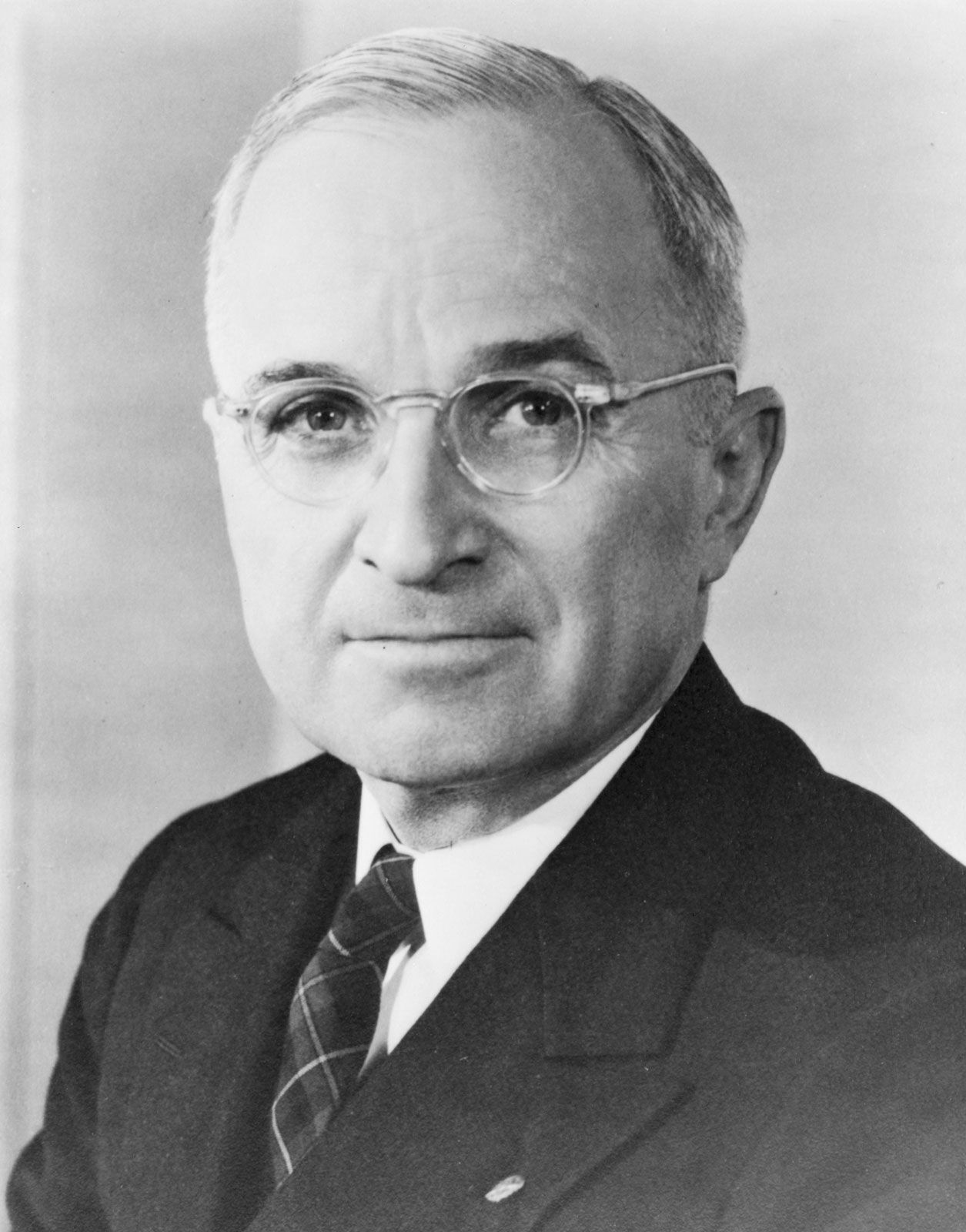
The journey of economic reform in America from the New Deal to Truman's Fair Deal represents a significant chapter in the nation’s history. The New Deal, introduced by Franklin D. Roosevelt in response to the Great Depression, laid the groundwork for the federal government’s role in economic intervention, ultimately transforming the social and economic landscape of the United States. As America entered the post-war era under President Harry S. Truman, the need for further reform became evident—especially as the nation grappled with the challenges of inflation, employment, and civil rights. Truman sought to build on the New Deal’s legacy with his own ambitious **Fair Deal** program, aiming to enhance economic security for all Americans.
This article will explore the historical context surrounding these economic reforms, from the New Deal’s foundational policies and impacts to Truman’s ambitious efforts to ensure a fairer offer for all citizens. It aims to analyze the broader economic landscape during Truman's presidency, the legislative hurdles he faced, and the ultimate legacy left behind by these pivotal reforms in American history.
- The Historical Context of Economic Reform
- Understand the New Deal: Foundations and Impacts
- Truman's Ascendancy: Challenges in a Post-War Era
- The Fair Deal: Ambitions and Goals
- Legislative Hurdles: Congress and Economic Transition
- Key Achievements: Employment Act and Other Milestones
- The 1948 Election: A Turning Point for Truman
- The Aftermath: Successes and Shortcomings of the Fair Deal
- Legacy of Economic Reform: Truman's Lasting Impact
- Conclusion: Lessons from New Deal to Fair Deal
The Historical Context of Economic Reform
In understanding the **economic reform** initiatives that shaped America from the New Deal to Truman’s Fair Deal, it is crucial to consider the historical context of these periods. The Great Depression led to widespread **economic hardship** and painted a dire picture of the American economy. Roosevelt’s New Deal emerged as a response to this crisis, introducing legislation and programs designed to provide immediate relief, stimulate recovery, and implement long-lasting reforms. However, while the New Deal made significant strides in addressing unemployment and economic instability, it was far from a panacea. The end of World War II heralded a new set of challenges for America, necessitating further reforms that would address the evolving needs of its citizens.
The transition from a wartime to a peacetime economy brought inflationary pressures and labor strikes, which threatened nascent **economic stability**. Truman took office with a mandate to navigate these challenges and ensure a robust recovery, grounded in the principles laid out by his predecessor. As he embraced this mission, Truman recognized the need for comprehensive changes that would not only sustain economic growth but also promote **social equity** across diverse sectors of American society.
Understand the New Deal: Foundations and Impacts
The New Deal can be understood through a multitude of programs and reforms designed to combat the **economic devastation** of the 1930s. New Deal initiatives, such as the Social Security Act and the establishment of the Securities and Exchange Commission (SEC), fundamentally reshaped the relationship between the federal government and its citizens. Programs aimed at job creation, such as the Works Progress Administration (WPA), successfully reduced unemployment numbers and provided social services to vulnerable populations.
Moreover, the New Deal introduced measures to regulate the banking and stock market sectors, establishing a framework aimed at preventing the kind of **financial speculation** that contributed to the Great Depression. While some critics argued that the New Deal policies could lead to excessive government intervention in the economy, many Americans saw these reforms as necessary steps towards creating a more equitable society. By establishing a safety net through robust social programs, the New Deal aimed to offer a fairer deal to all American citizens, regardless of their economic status.
Impacts of the New Deal
- Economic Recovery: The New Deal played a vital role in revitalizing the American economy, providing jobs and rebuilding infrastructure.
- Social Safety Nets: The establishment of social security and labor rights created a foundational change in how the government supported its citizens.
- Political Realignment: The coalition forged during the New Deal era, including labor unions and minorities, would shape American politics for generations.
Truman's Ascendancy: Challenges in a Post-War Era
Harry S. Truman faced considerable challenges upon taking office as the 33rd president of the United States in 1945. The conclusion of World War II left the country with opportunities for growth but also immediate crises, including the potential for **inflation**, economic recession, and civil unrest. The question of how to transition the economy from wartime production to peacetime realities weighed heavily on both Truman and Congress. As a result, survival in the post-war economy necessitated both competent leadership and innovative ideas.
Recognizing the need for strong **economic policies**, Truman sought to maintain the momentum established by the New Deal while also addressing the unique challenges posed by the era. The establishment of the Employment Act of 1946 was a significant step toward affirming the government’s role in promoting full employment and economic stability. These endeavors not only aimed to create jobs but also sought to combat the pervasive fear of returning to another economic disaster—a lesson learned too well from the Great Depression.
The Fair Deal: Ambitions and Goals
In 1949, Truman introduced the **Fair Deal**, a series of domestic proposals that sought to build upon the New Deal's successes. His goals included the expansion of social security, a **fair offer** of universal health care, and the establishment of a high minimum wage. Truman envisioned a bold legislative agenda that would promote racial equality, improve labor conditions, and expand access to education, thus solidifying his commitment to creating a society characterized by opportunity and equality for all Americans.
The Fair Deal represented a continuation of the New Deal's ideological principles, extending the federal government's role in the economy while tackling pressing social issues. Truman understood that achieving such ambitious proposals required not only public support but also cooperation from Congress, which would prove to be a significant obstacle.
Legislative Hurdles: Congress and Economic Transition
Despite Truman's determination to push his Fair Deal proposals forward, he faced considerable resistance from a Congress that was wary of expansive government intervention. The political climate post-World War II was charged with tensions stemming from both economic uncertainties and the beginnings of the Cold War. Many legislators were concerned about the economic implications of Truman's proposals and prioritized issues like **inflation** control over social reform.
As the 80th Congress convened, Truman quickly recognized that pragmatic, incremental reforms would be necessary. Despite introducing a compelling legislative agenda, many key components of the Fair Deal, such as national health insurance, met with significant opposition. The political landscape during this time was shaped by divisions within Congress, leading to frustration for Truman as he grappled with limited political capital.
Key Achievements: Employment Act and Other Milestones
Despite the challenges that Truman faced in pursuing the Fair Deal, his administration did achieve several key successes that contributed to America's economic and social landscape. The **Employment Act of 1946** was a monumental achievement, establishing the government’s responsibility for fostering full employment and thereby laying a foundation for future economic policy. This act marked a significant shift in how the federal government approached employment, affirming Truman's commitment to safeguarding the economic well-being of its citizens.
Additionally, the expansion of the Social Security Act in 1950 introduced considerable improvements to benefits available to the elderly and disabled, reflecting Truman’s dedication to ensuring a fair offer to the most vulnerable. Furthermore, the Fair Deal's initiatives aimed at increasing the minimum wage and supporting public housing development were instrumental in stimulating economic growth and addressing social needs.
The 1948 Election: A Turning Point for Truman
The 1948 presidential election proved to be a critical turning point for Truman and the ambitions of his Fair Deal. Facing significant opposition from a fractured Republican Party and challenges from the progressive and Dixiecrat factions within his own party, Truman embarked on a campaign that emphasized his commitment to civil rights, labor rights, and economic equity. The election highlighted the stark division between the **status quo** and the desire for reform, shaping the political conversation around economic issues.
Truman’s surprising victory over Thomas Dewey energized both him and the Democratic Party, providing a renewed impetus to advance his Fair Deal proposals. The win signaled a shift in public sentiment toward a more progressive agenda and set the stage for another push toward achieving ambitious reforms that would solidify his legacy.
The Aftermath: Successes and Shortcomings of the Fair Deal
Following the successful 1948 election, Truman sought to push fuller implementation of the Fair Deal agenda. However, while he achieved notable expansions in certain social programs, many proposals remained unresolved due to continued opposition from a conservative Congress. The **minimum wage increase** and the extended social security benefits represented commendable achievements, yet Truman’s more comprehensive policies, including universal health care, faced ongoing legislative roadblocks. This gave rise to a complex legacy where the successes of the Fair Deal coexisted with an array of unmet ambitions.
Despite its shortcomings, the Fair Deal significantly influenced conversations surrounding economic reform and civil rights in the United States, leaving an indelible mark on subsequent administrations. As the nation contended with the growing civil rights movement and increasing demands for social justice, Truman’s efforts would frame these issues, highlighting the importance of focusing on a fair offer for all Americans moving forward.
Legacy of Economic Reform: Truman's Lasting Impact
The legacy of Truman's economic reforms extends beyond the immediate successes of the Fair Deal. His continued advocacy for civil rights and social justice laid foundational principles that would later be embraced by subsequent leaders. Truman’s administration highlighted the interconnectedness of economic stability and social equity, ushering in an era that recognized the government’s role in ensuring fairness in all sectors of American society.
Key aspects of the Fair Deal, such as expanded access to education, health care, and employment opportunities, reflected Truman’s commitment to reducing economic disparities. The lessons learned from the struggles of his Fair Deal initiatives provided future leaders with insights on navigating legislative complexities while remaining devoted to progressive social values.
Conclusion: Lessons from New Deal to Fair Deal
In tracing the trajectory of economic reforms from the New Deal to Truman's Fair Deal, we witness the evolution of the American government's role in addressing economic and social issues. The New Deal established vital programs that sought to uplift Americans; however, Truman’s Fair Deal built upon these foundations, introducing new ambitions to tackle the complexities of a post-war economy and an evolving society. Despite encountering resistance, the efforts of both administrations underscored the imperative of ensuring a fair offer to all citizens, capturing a critical spirit of reform that reverberates throughout history.
As we reflect on these historical periods, we must recognize the significance of ongoing dialogues around economic reform, social justice, and the importance of govermental responsibility in shaping the nation’s future. In many ways, the lessons from Truman’s presidency continue to resonate today, reminding us of the necessity for resilient leadership and committed action in pursuit of a more equitable society.
Did you find this article helpful? New Deal to Truman: Navigating Economic Reform in America See more here Education.
Leave a Reply

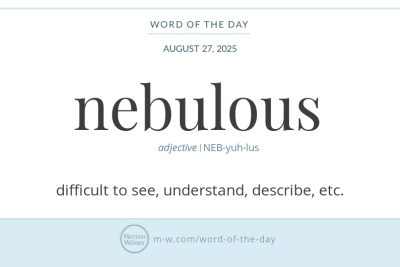
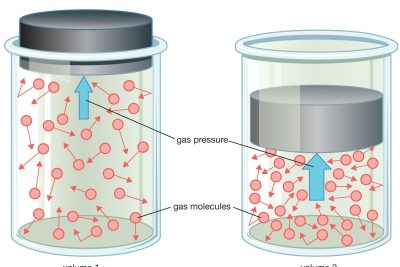
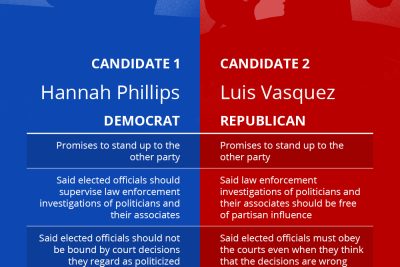
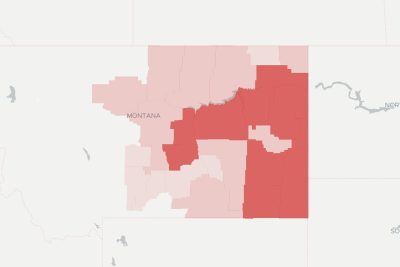

Related posts